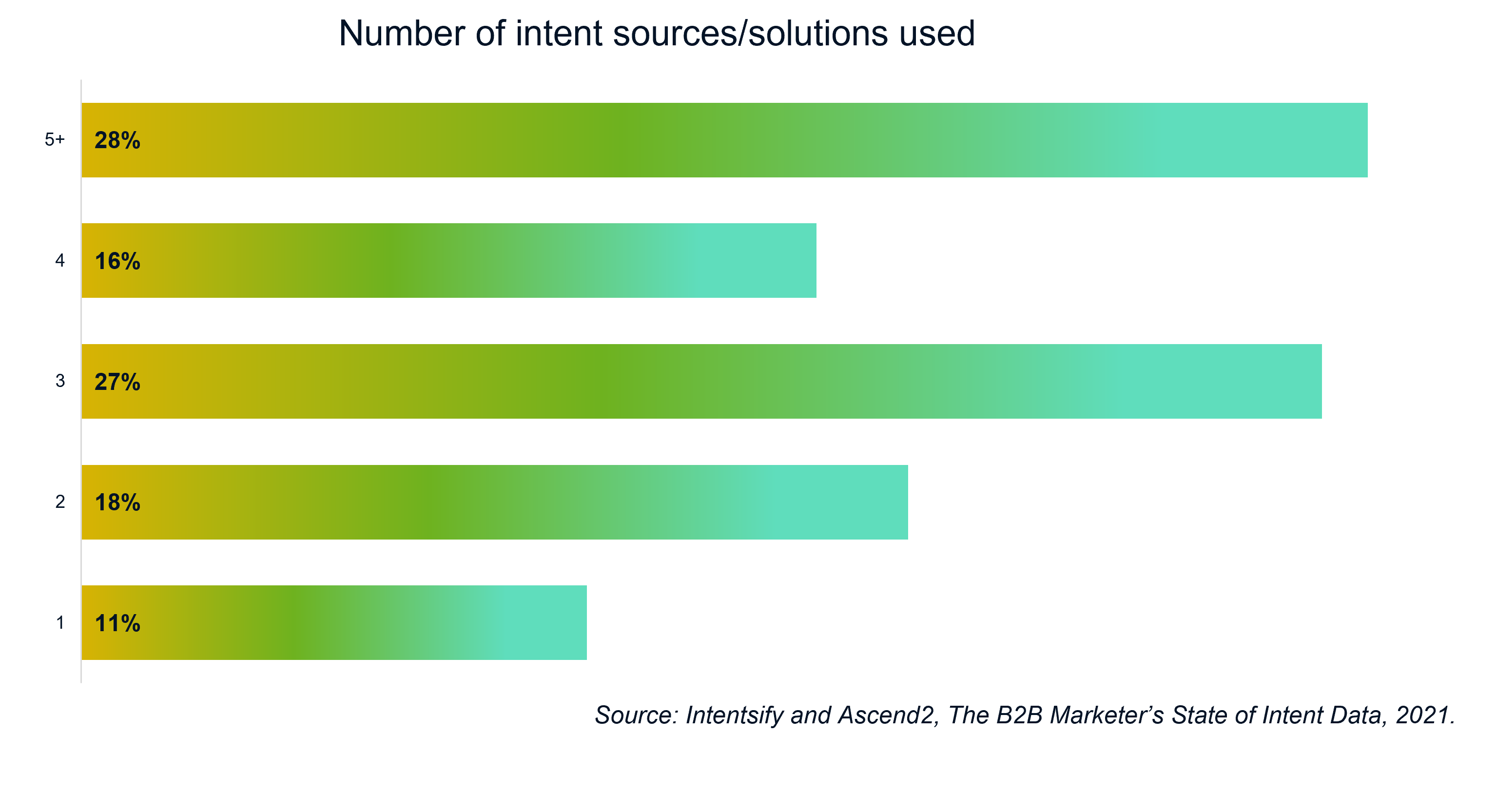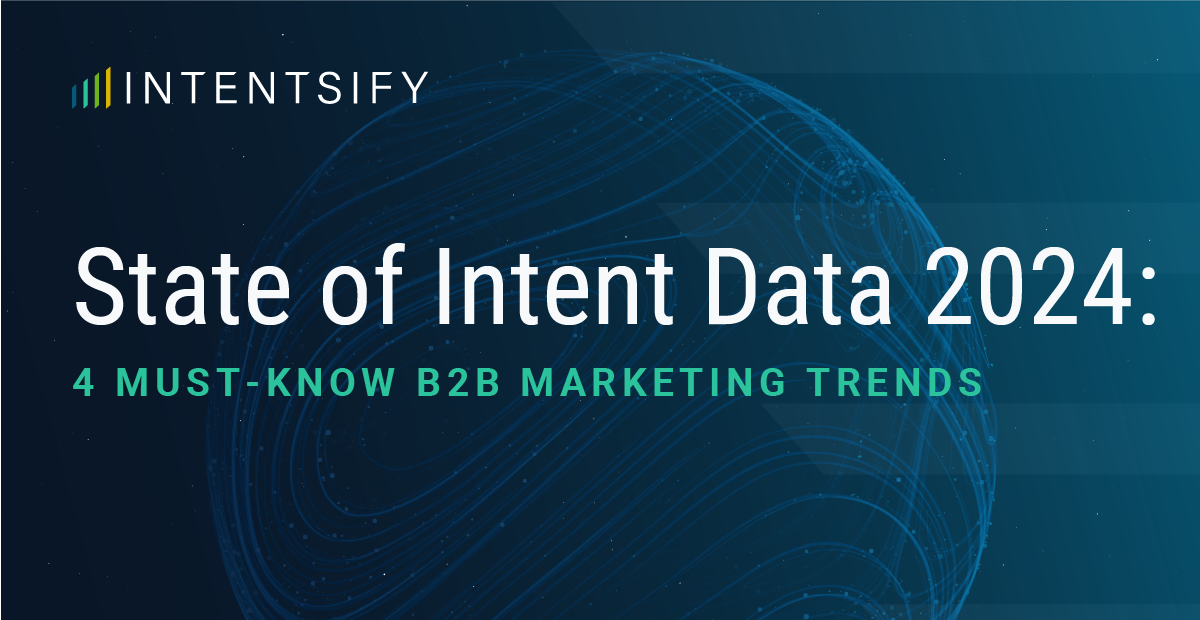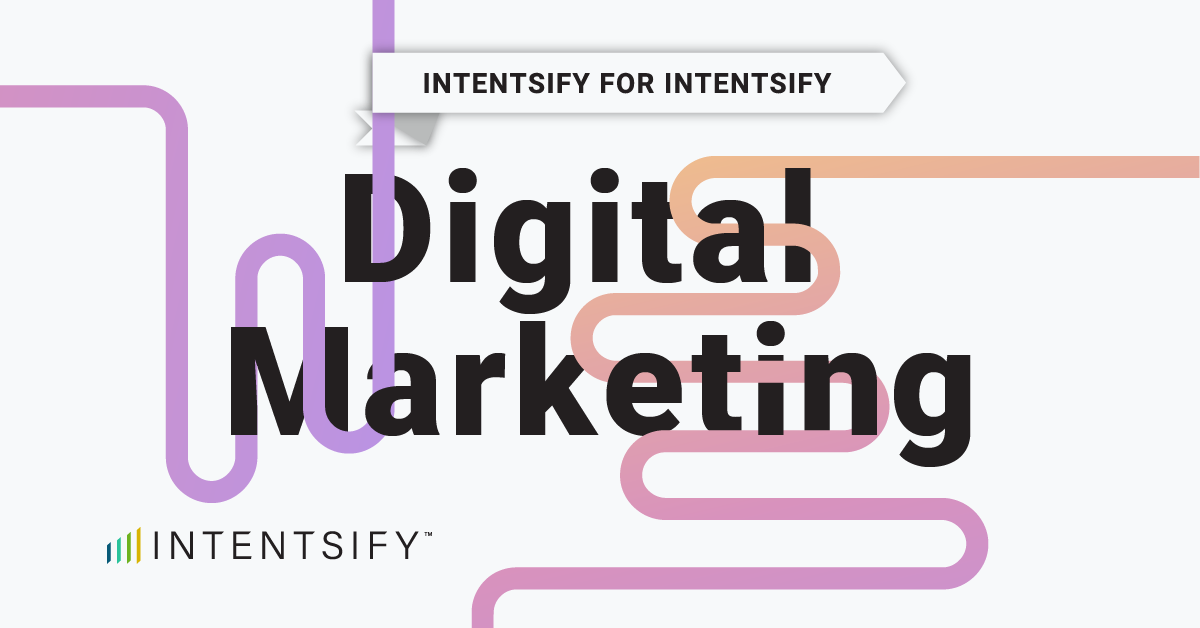Last Thursday I had the pleasure of joining Tukan Das of LeadSift and Eric Gruber of Personal ABM on a webinar titled “Unlocking More Revenue with In-Market Accounts.”
We went over a lot, covering Intentsify’s recent survey results as well as an analysis of Intentsify’s and LeadSift’s intent signals to figure out:
- What percentage of target accounts are “in market” to buy at any given time
- What this means for your marketing and sales strategy, and how to optimize your intent data initiatives for stronger short- and long-term pipeline
- How the most mature sales and marketing organizations are using intent data, as well as common issues they’re facing
I was asked some great and important questions, but two stood out to me as particularly important. So, while I highly encourage anyone interested in intent solutions to watch the on-demand webinar, here are my thoughts on:
- Why the vast majority of intent data users are using 2+ sources of intent (88% of users to be exact); and
- Why, with all the benefits intent solutions can provide, 65% of intent data users list wasted time and resources as a cost associated with intent data challenges.
Below I’ve provided the questions as Tukan asked them, followed by my responses, which have been slightly edited for flow.
Tukan Das: 88% of Marketers use multiple intent data providers and 33% of them use more than 4 sources! Why do you think that’s the case? What does it mean for marketers?
David Crane: Two reasons, really. First, marketers are finding that they need to verify signals to ensure they’re acting on the right ones—this means corroborating signals across multiple sources of intent data. Hence, you need to invest in more than one source of intent data.
In fact, that’s why seeing a 20% overlap regarding in-market accounts—between Intentsify’s data and LeadSift’s data—is so important. This overlap indicates that these accounts should be prioritized over others identified through just one source. It’s the same as having more witnesses corroborating the same story—the greater number of witnesses telling the same narrative, the more likely that narrative is to be true.
That said, it DOES NOT mean the intent signals derived from or the in-market accounts identified by one source (rather than two) aren’t valuable. They very much are. This brings me to the 2nd reason we’re seeing most intent users leveraging multiple sources: No one source of intent data can cover all the online research activities of your entire target audience.
If you’re basing all your intent insights on just one source, you’re missing out on all the other research they’re doing on other parts of the internet. All the data is valuable—but you should prioritize those target accounts that are seen spiking across multiple intent feeds.
Tukan: Why do you think 65% intent data users list wasted time and resource as a cost associated with their intent data challenges?
David: This 65% stat comes back to an earlier question in the survey that asked marketers what their biggest challenges were regarding the use of intent data. What we found was that: 1) verifying the accuracy of intent signals, and 2) acting on the resulting insights is creating huge challenges for marketers.
With regard to verifying signal accuracy, any wasted time and resources is likely due to the fact that in order to verify signals, you must corroborate them against other types or sources of intent data—which as I discussed earlier, is leading marketers to invest in multiple intent data feeds. This of course means aggregating multiple data sets and comparing them against each other—which can use up a lot of time and resources.
Regarding the problem of making the intent insights actionable, it’s important to keep in mind that intent data is a relatively new product. Marketing and sales teams are still learning how best to use it—that requires some time and resources as well. As skills and knowledge improve, the associated challenges and costs will decline.
However, in the meantime—as they’re learning intent data best practices—marketers and sellers really need solutions that automate the layering of multiple intent types and can convert the strongest signals into demand-generating actions.
If you haven’t already, be sure to watch the on-demand webinar “Unlocking More Revenue with In-Market Accounts.”






